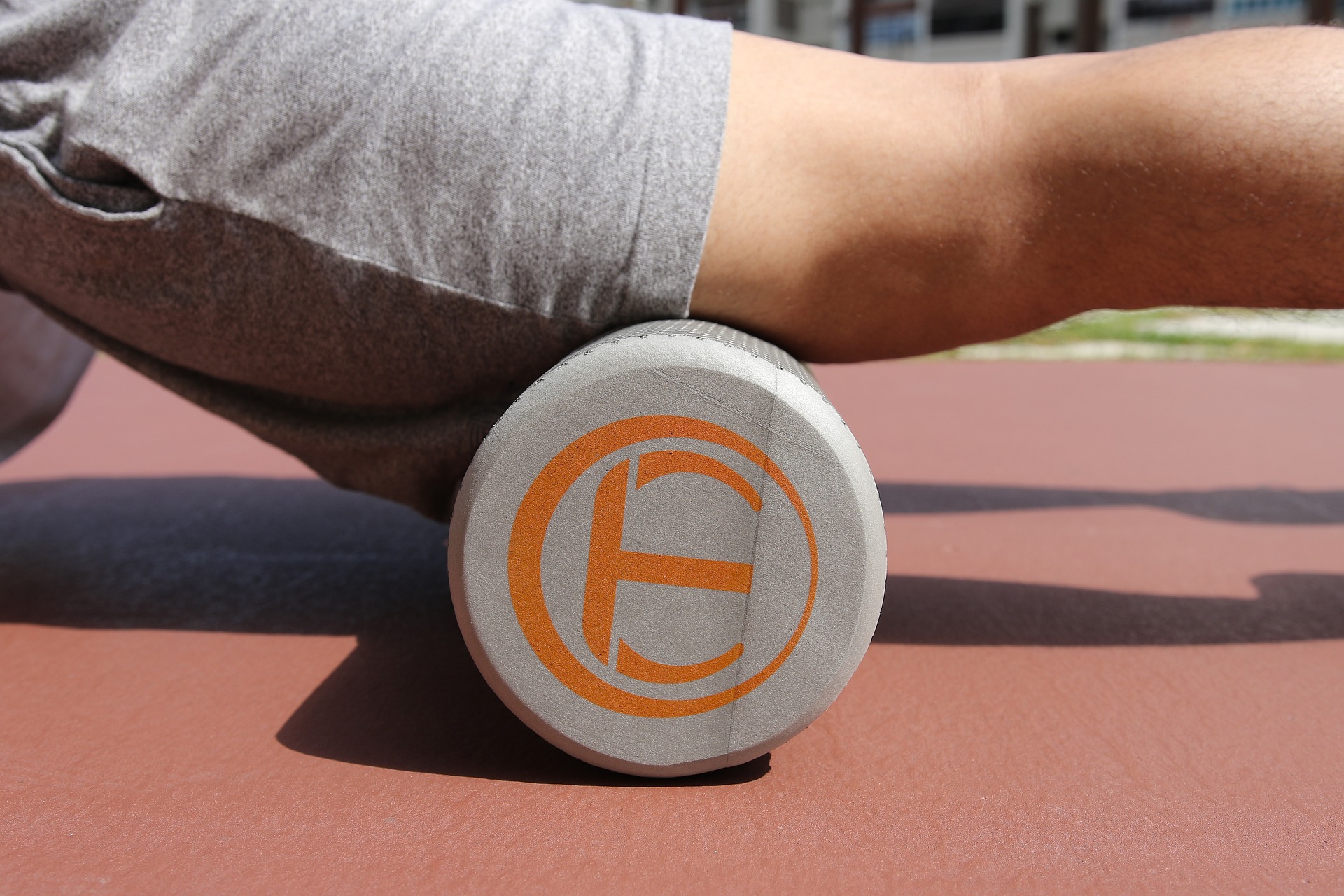Myofascial Wellness: Unlocking Holistic Body Harmony
The human body is an intricate network of interconnected systems, with fascia playing a crucial yet often overlooked role in overall health and wellness. This connective tissue, which wraps around muscles, organs, and bones, has become the focus of a growing wellness trend: myofascial wellness. Rooted in ancient healing practices and bolstered by modern scientific research, this approach to body care is revolutionizing how we think about physical health, fitness, and even beauty. As more people seek holistic solutions to chronic pain, restricted movement, and stress-related tensions, myofascial wellness is emerging as a powerful tool for achieving balance and vitality throughout the body.
Fascia serves multiple purposes, including providing structural support, facilitating movement, and acting as a communication highway for the body’s sensory systems. It contains a high concentration of nerve endings, making it an integral part of our proprioception – our sense of body position and movement. When healthy, fascia is flexible and glides smoothly. However, factors such as injury, stress, and inactivity can cause it to become tight, restricted, and even painful.
The Rise of Myofascial Wellness
Myofascial wellness is a holistic approach to health that focuses on maintaining and improving the health of the fascia. This concept has roots in various traditional healing practices, including Chinese medicine and indigenous bodywork techniques. However, it has gained significant traction in recent years as scientific understanding of fascia has improved.
The principles of myofascial wellness extend beyond simple muscle care. Practitioners believe that by addressing fascial health, they can influence overall bodily functions, including circulation, lymphatic drainage, and even emotional well-being. This approach integrates various techniques, including myofascial release, foam rolling, and specialized movement practices, to promote fascial health and flexibility.
Techniques and Tools for Fascial Care
At the heart of myofascial wellness are techniques designed to release tension, improve flexibility, and promote healthy fascial function. One of the most popular methods is myofascial release, a hands-on technique that applies sustained pressure to restricted areas of fascia. This gentle yet effective approach can help alleviate pain, improve range of motion, and even enhance posture.
Self-myofascial release tools have also gained popularity. Foam rollers, massage balls, and specially designed fascia release tools allow individuals to perform myofascial work at home. These tools work by applying pressure to specific areas of the body, helping to break up adhesions in the fascia and promote better tissue hydration and movement.
Movement practices that focus on fascial health are another key component of myofascial wellness. Practices like Yin Yoga, which involves holding gentle poses for extended periods, and fascial stretching techniques aim to target the fascia specifically, promoting flexibility and resilience throughout the connective tissue network.
The Beauty Connection: Fascia and Skin Health
While often associated with fitness and pain relief, myofascial wellness also has significant implications for beauty and skincare. The fascia plays a crucial role in skin health, influencing everything from skin texture to the appearance of cellulite. As the fascial network becomes restricted, it can affect the skin’s ability to receive nutrients and eliminate toxins, potentially leading to a dull complexion and accelerated aging.
Facial massage techniques that target the fascia, such as facial gua sha and fascial manipulation, have gained popularity in the beauty industry. These techniques aim to improve circulation, reduce puffiness, and promote a more lifted appearance by addressing fascial restrictions in the face and neck.
Moreover, the concept of “fascial fitness” is emerging as a holistic approach to body contouring. Proponents argue that by improving fascial health through specific exercises and treatments, individuals can achieve a more toned and sculpted appearance without resorting to invasive procedures.
Scientific Validation and Future Directions
As interest in myofascial wellness grows, so does the body of scientific research supporting its efficacy. Studies have shown that myofascial release techniques can effectively reduce pain, improve range of motion, and enhance athletic performance. Research into the fascia’s role in proprioception and movement coordination is also shedding light on its importance in overall physical function.
The field of fascia research is rapidly evolving, with new discoveries continually reshaping our understanding of this complex tissue. Emerging areas of study include the relationship between fascial health and chronic conditions such as fibromyalgia, as well as the potential role of fascia in emotional well-being and stress response.
As our understanding of fascia deepens, it’s likely that myofascial wellness will become an increasingly integral part of health, fitness, and beauty regimens. From specialized workout routines to innovative skincare treatments, the principles of fascial care are set to influence a wide range of wellness practices in the coming years.
In conclusion, myofascial wellness represents a paradigm shift in how we approach body care and overall health. By recognizing the interconnected nature of the body’s fascial network, this holistic approach offers new avenues for addressing chronic pain, improving physical performance, and enhancing natural beauty. As research continues to unveil the mysteries of fascia, myofascial wellness is poised to become a cornerstone of integrative health and wellness practices, offering individuals a powerful tool for achieving balance, vitality, and harmony throughout the body.






